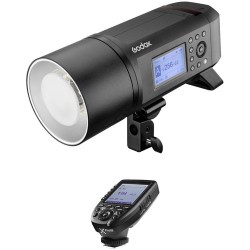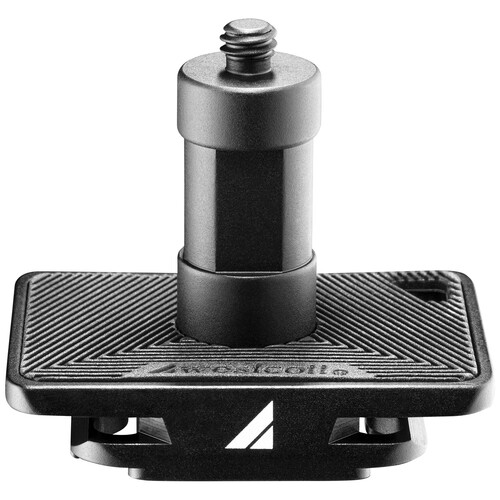For years I have struggled with something that is quite silly. You see, I have a bunch of lighting equipment. Some are compact, some are larger.
I seriously dislike lugging around big lights. I also seriously dislike using tiny speedlights since they aren’t typically powerful enough for my needs. So oftentimes I just say to myself, “screw it.” I will then go 100% natural light and use reflectors.
But that’s ending, sorta.
Here is the scoop
I offer surprise proposal photography to clients. My package comes with a mini engagement session following the proposal.
For the proposal itself, I always photograph with natural light. That way the spouse (being proposed to), does not see me until absolutely necessary.
For the engagement session, I am typically natural light because I don’t feel like lugging the lighting stuff for a 15–20 minute session.
I’m tired of dealing with crazy shadows on faces though, so I’m going to start bringing the light(s) again. However, I’m doing it in a new, fun and dare I say, unique, way.

Lighting setup
The lights I use are Godox AD600 Pro strobes. They are so powerful, fairly light for a strobe, and work through radio for triggering. I use Nikon equipment, so my Godox trigger is the Nikon version (XProN), which also handles TTL.
Balancing weight with stability
When it comes to off-camera lighting when outdoors, my biggest issue is weight and stability.
For one, to keep it light you need a compact or flimsy light stand. This is OK for certain lights. But once you start adding light modifiers, the balance gets thrown off and doesn’t take much to knock over.
So then you need weights like sandbags or water bags. That’s no fun as it adds even more weight to lug around. You can use a heavier duty stand like a C stand, but then you have the same issue. Heavy stands are no fun to lug around.
At the same time, the wind comes into play. A lot of my sessions take place near or on the beach. So winds are strong. Put a softbox on a light with strong wind gusts and you will see your light fall over quickly.
My solution for this issue is two-fold.
I am using one of my tripods as the light stand. I then use the Westcott M6 Multi-Mount Tripod Plate to hold the light. Basically, what Westcott did is took a tripod plate that works with Arca Swiss or Manfrotto RC2 tripod heads, and put a spigot on it.

Sure, this is something you can do yourself. But for less than $25, you can buy one already made, and made well.
This setup means that I have a light on a sturdy tripod. I even have spikes for my tripods which means I can dig the legs even deeper into the sand if needed.
Finally is the light modifier. I want a softbox look without the sail-effect of an actual softbox. I wound up picking up a 70-degree reflector with a Bowens mount. This allows me to keep the light at a distance, and have the light diffused and spread out wider than the normal reflector that comes with the light.

Sure, this setup wasn’t cheap. But I already owned the light, the trigger and the tripod. All I needed was the new reflector (under $90) and the M6 plate and I have a setup that is perfectly light, and sturdy for most situations I will be in.
Tell your story with the second annual Visual Storytelling Conference!
Experience four days of interactive, online training sessions featuring a range of educational content with experienced photographers and content creators. This free event kicks off with a series of technical boot camps to build essential skills, followed by live, online sessions on photography, video, business and social media. Join live from March 10-13, 2022!
